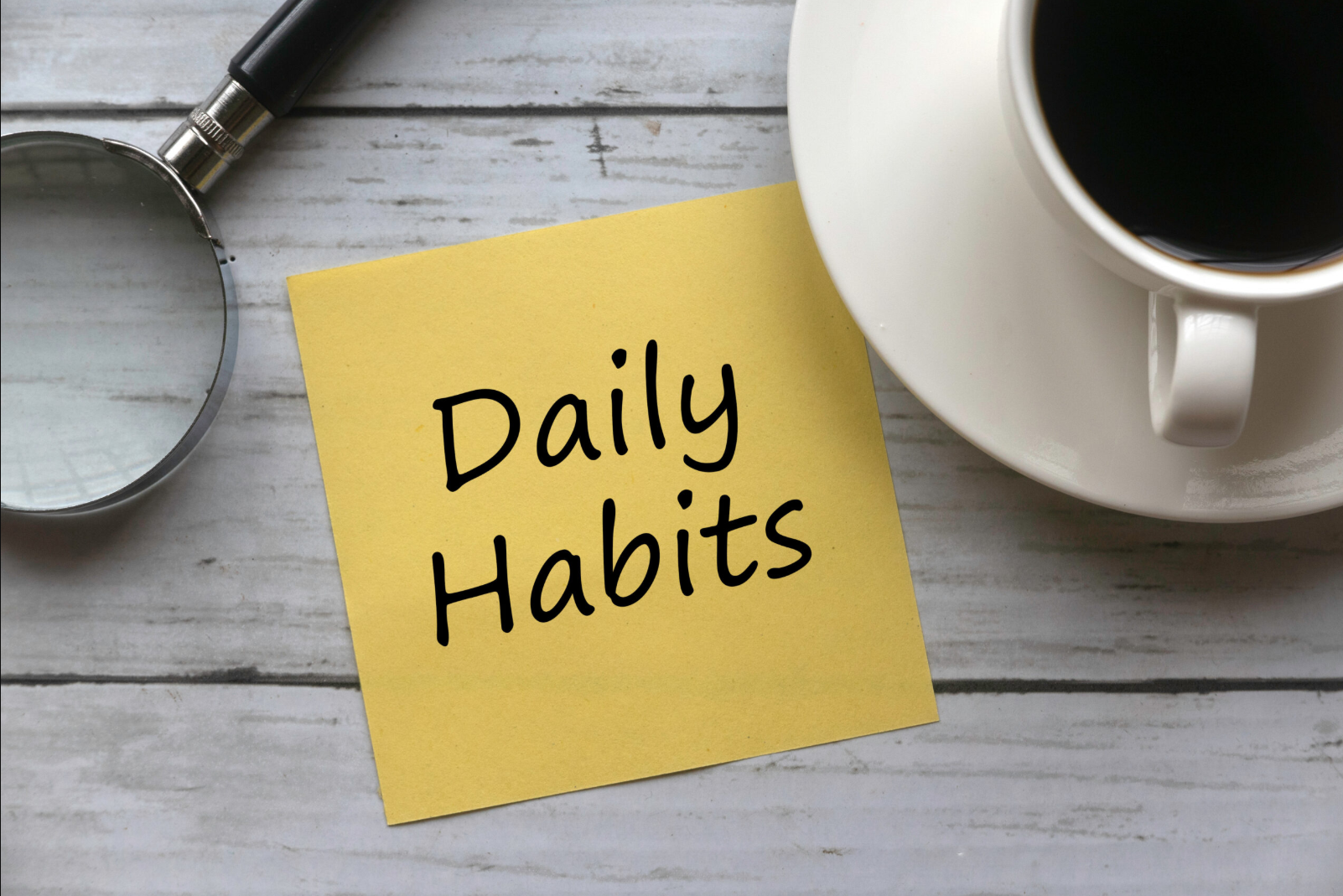Everyday Nutrition: How to Eat Healthier Without Dieting
Everyday Nutrition: How to Eat Healthier Without Dieting
In a world full of fad diets, restrictive meal plans, and ever-changing food trends, many people are seeking a more sustainable and stress-free approach to eating well. The truth is, you don’t need to follow a strict diet to live a healthy lifestyle. Everyday nutrition is about making simple, balanced food choices that support your well-being without the need to count every calorie or eliminate your favorite foods.
If you’re looking to improve your eating habits without jumping into the next big diet craze, this article will guide you through practical strategies to eat healthier—naturally, enjoyably, and consistently.
Why Diets Often Don’t Work
Many popular diets focus on quick results by cutting out entire food groups or drastically reducing calorie intake. While you may lose weight temporarily, these methods are often hard to maintain and can leave you feeling deprived, fatigued, or even nutrient-deficient.
Common problems with restrictive diets:
- They can slow your metabolism over time.
- They’re hard to sustain in real life situations (social events, holidays, stress).
- They can lead to cycles of binge eating and guilt.
- They may cause an unhealthy relationship with food.
Instead of dieting, focus on everyday nutrition—a long-term, flexible approach to eating that emphasizes nourishment, not restriction.
1. Start with Real, Whole Foods
The foundation of healthy eating starts with choosing whole, minimally processed foods. These are foods that are close to their natural state and are packed with vitamins, minerals, fiber, and antioxidants.
Examples of whole foods include:
- Fruits and vegetables
- Whole grains (brown rice, oats, quinoa)
- Lean proteins (chicken, fish, beans, tofu)
- Nuts and seeds
- Eggs and dairy (in moderation)
Processed foods—like packaged snacks, sugary cereals, and frozen meals—are often loaded with added sugars, unhealthy fats, and preservatives. While they can be convenient, they should be the exception, not the rule.
2. Follow the 80/20 Rule
One of the best ways to maintain a healthy eating pattern without feeling restricted is by following the 80/20 rule: Eat nutritious, whole foods 80% of the time, and allow yourself to enjoy your favorite treats the remaining 20%.
This approach:
- Encourages balance, not perfection
- Reduces cravings and the urge to “cheat”
- Makes healthy eating a lifestyle, not a temporary fix
Have that slice of pizza or chocolate chip cookie—just not every day. When indulgence becomes part of the plan, it’s easier to stay consistent.
3. Eat Mindfully
Mindful eating means paying attention to what you eat and how it makes you feel. It involves eating slowly, savoring flavors, and recognizing hunger and fullness cues.
Tips for mindful eating:
- Put away screens while you eat
- Chew slowly and thoroughly
- Stop eating when you feel comfortably full
- Take note of how certain foods affect your energy and mood
Mindful eating helps prevent overeating and encourages a deeper connection with your body’s nutritional needs.
4. Balance Your Plate
Every meal doesn’t have to be perfect, but aiming for balance helps ensure your body gets a wide range of nutrients.
A well-balanced plate typically includes:
- Protein: for muscle repair and satiety (e.g., eggs, lentils, fish)
- Complex carbs: for energy and fiber (e.g., sweet potatoes, brown rice)
- Healthy fats: for hormone balance and brain health (e.g., avocado, olive oil)
- Vegetables or fruits: for vitamins, minerals, and antioxidants
Using the “plate method” as a visual guide (half veggies, a quarter protein, a quarter carbs) can be a simple and effective way to plan meals.
5. Hydrate Wisely
Sometimes what feels like hunger is actually dehydration. Staying well-hydrated helps with digestion, energy levels, and even appetite control.
Tips for better hydration:
- Drink a glass of water first thing in the morning
- Aim for 6–8 glasses of water a day (more if active)
- Flavor water naturally with lemon, cucumber, or mint
- Limit sugary drinks and sodas
Herbal teas and water-rich foods like fruits and vegetables also contribute to your hydration needs.
6. Don’t Skip Meals
Skipping meals, especially breakfast, can backfire by slowing metabolism and causing energy crashes later in the day. It can also lead to overeating or making unhealthy food choices out of convenience.
Instead:
- Eat regular meals and snacks spaced throughout the day
- Choose balanced options that include protein and fiber
- Keep healthy snacks handy (like nuts, fruit, or yogurt)
A consistent eating schedule supports stable blood sugar and energy levels.
7. Read Food Labels
Learning to read food labels empowers you to make informed choices without needing to follow strict rules. Focus on:
- Ingredients list: Choose products with fewer, recognizable ingredients
- Sugar content: Watch for added sugars under names like corn syrup or maltose
- Fiber content: More fiber means longer-lasting fullness
- Sodium: Opt for lower-sodium options to protect heart health
Understanding labels helps you select healthier options when shopping without obsessing over calories.
8. Practice Portion Awareness
You don’t need to measure everything you eat, but being aware of portion sizes can prevent mindless overeating.
Simple tricks to manage portions:
- Use smaller plates and bowls
- Serve snacks in a dish, not from the bag
- Start with smaller servings—you can always go back for more
- Eat slowly to give your body time to feel full
Listening to your body’s hunger and fullness cues is far more effective than rigid calorie counting.
9. Plan and Prep Ahead
Healthy eating is easier when healthy food is available. Set yourself up for success by preparing meals and snacks ahead of time.
Ideas to get started:
- Chop vegetables and store them for easy use
- Cook a big batch of grains to use in multiple meals
- Pack snacks for work or school
- Create a simple meal plan for the week
Meal prepping doesn’t have to be complicated—it just makes good choices more convenient.
10. Focus on Progress, Not Perfection
Finally, remember that eating healthier is a journey, not a destination. There will be days you eat more than you intended, skip a meal, or indulge in something sugary—and that’s okay.
What matters most is your overall pattern, not any one meal or snack.
Celebrate small victories:
- Drinking more water than yesterday
- Adding a vegetable to your lunch
- Swapping a soda for herbal tea
Small steps lead to lasting changes.
Final Thoughts
Healthy eating doesn’t require a strict diet, calorie counting, or cutting out entire food groups. It’s about making mindful, balanced choices day by day and building habits that support your health and happiness long-term.
By focusing on whole foods, staying hydrated, eating mindfully, and planning ahead, you can improve your nutrition without feeling overwhelmed or restricted. Most importantly, give yourself grace—eating better is a form of self-care, not punishment.










